The art of tea is one that has been around for over 5000 years, but what is speciality tea?
Although there is no universal definition or approved set of criteria to classify a speciality tea, there are a few defining features that set them apart from the masses.
Speciality teas are those with exceptionally unique flavours, characterised by the microclimates of the region in which the plantation or small independent tea gardens are located.
Harvested and processed with extra care and integrity, these teas are inherently sustainably cultivated and ethically sourced. They are authentically made top quality tea whilst respecting the origins of ancestral lands, communities and techniques involved with the ancient art of tea making.
One of the defining features of speciality teas is that they are fully traceable to its origin, down to the specific tea garden within a large plantation, and the area or plot of tea plants where they are harvested from.
Discover the ways in which we define our teas as speciality and the unique characteristics of our carefully curated collection.

Popularity of tea and its commoditisation
For 1000s of years, tea has been regarded as the key to good health, happiness and wisdom, however as the want and demand for the rejuvenating drink has grown, so has mass production, leading to a subpar, poor-quality commodity sold to large multinationals at auction.
In the 1980s the leading caffeinated drink was tea, with multinational brands dominating the market with blended black tea in tea bags. Then in 1982, under the leadership of Deng Xiaoping, China experienced a jump in economic growth, spurring a rebirth of the tea industry, and with it the introduction of new cups arriving to the West. New tea varieties reaching western palettes came in a variety of colours, shapes, and grades, with people reaching for green teas first, followed by white, oolong and Pu-erh teas.
The market then boomed with the want for more diverse teas, and new generations opting for wider choices. Although this paved the way for fascinating, exotic, and high value-added niche markets, these products did not come with adequate information about the grading or quality of the teas or its source for the consumers. As a result, it was difficult for the consumers to find out more about the product they are consuming, and more importantly to differentiate and determine the quality of the teas.
This brought about the real need to differentiate tea widely sold and identify those high quality premium teas which has come to be known as Speciality teas.
It was very clear there is a huge information gap that needed to be filled by the tea industry as a whole and by early 2000, several organisations popped up with a hope to fill that gap providing more targeted training and knowledge.
In 2001, the Tea Association of the USA founded the Speciality Tea Institute (STI), which offered certified education and giving tea professionals the status of accreditation.
This was followed by the Tea & Herbal Association of Canada (THAC) launching the Tea Sommelier Certification Programme in 2006, providing a fully endorsed curricular with in depth knowledge of speciality teas.
The popular ever-growing market for special tea, this type of tea expert training was introduced to the UK in 2016, by tea pioneer and author Jane Pettigrew, with the UK Tea Academy in London (UKTA).
A true premium and speciality tea requires educated retailers and tea professionals to provide authentic and qualified story telling. This leads to improved knowledge in the brewing practises provided and the information presented to the consumer to be able to make a more educated choice.
Skill, timing & quality
Speciality tea, in some instances, has become an overused phrase used to blanketly define anything other than regular black breakfast tea, which is simply not true. Not all teas are made equally, even if they are all plucked from the same Camellia Sinensis plant.

The origin, cultivar, harvesting period and manufacturing process all affect the quality and taste of the tea leaves. These unique loose-leaf teas are not only a delicious fragrant cup, but also linked to the ancient cultural traditions used to harvest and grow the plant.
For centuries, skilled artisans have been handpicking and processing the top two leaves and buds from each tea bush and handcrafting them in small batches.
It is these time-honoured practises that are still followed today that produce the excellent loose-leaf teas so highly sought after. By hand crafting in micro batches, it allows the supplier to have full traceability and provide details of the unique single origin, another factor that makes our teas even more special.
Knowing when to pick the perfectly formed tender buds is a crucial part of the process. Our Darjeeling First Flush is one of our teas that is harvested in a very specific time of year, usually withing a short 2 week time window in early spring. You can learn more about the effects this has on the taste and flavour profile in our ‘2023 Darjeeling First Flush’ article.
Cultivar and terroir
It is important to note that is not only how the leaves are cultivated and processed, (although this is important, more on that later), but also where they are grown.
Majority of the tea growing regions are based in South Asia and Africa. Teas grown in each region taste vastly different, as well as different regions within the same country. Terroir and the local flora & fauna greatly impact the flavours and taste profile of the teas. The type of soil, local microclimate, surrounding landscapes and biodiversity all play an equal part.

For example, black teas from the Assam region are stronger and malty, whereas Darjeeling teas are more muscatel and floral. Equally, green teas from the Fujian region are different to Zhejiang.
Certain cultivars are unique to the region, and thrive in those specific parts of the world, with each cultivar having its own unique flavour notes. Teas from centuries old trees in the Yunnan region, China, and Assamica Sinensis cultivars are unique to the Assam region.
The much more recent Jin Xuan cultivar gives creamy notes to our Taiwanese Milk Oolong and Ali Shan High Mountain, which are both perfect examples of how one might end up with teas that taste and looks vastly different to one another due to their region, climatic and ecological factors.
The biodiversity of the cultivated lands too plays a part in contributing to the flavours of the tea. A perfect example of the impact of local flora and fauna is our Supreme Oriental Beauty Taiwanese Oolong. This tea gets its honey like notes as leaf hopper insects feed on it which leads to the leaf developing a chemical to deter this, giving the leaves their unique special flavour.

By sourcing teas that are grown in certain conditions naturally enhances the flavour and taste notes without synthetic additives. Our collection of high-quality teas impart unique and delicious flavours all on their own.
Unique processing techniques
Using the correct processing techniques is also a fundamental aspect of achieving authenticity in tea. Masterfully hand-crafted teas in small batches are vastly superior to those teas made with industrialised volumes and machineries. Due to the sophistication and mastery of the tea making process, speciality loose leaf teas impart more exceptional subtle flavour notes and enhance the level of nutrients and antioxidants, meaning that they not only produce a better tasting cup of tea, but it is better for you.
Most teas that get classified as speciality teas are often made using ancient tea making techniques passed down through generations of the same families, and cultivated on ancestral lands, harvesting, and processing the leaves of ancient and rare tea plants. Our Native Mountain Black tea from Taiwan has been cultivated since 1860 and the Fifth generation of the Cheng family has been using the same old tea making methods for centuries.
Similarly teas like our Ceremonial Grade Matcha are grown in certain conditions to create or enhance certain chemical compositions withing the plant itself, impacting the flavours. For example, covering tea plants in shade for 24 days in a shade matting, increases the chlorophyll and antioxidant content, giving the teas the unami notes with mildly sweet undertones, and with matcha producing the bright vivid colour the powder is revered for.

Take for example our Jasmine Silver Needle Chinese White Tea. The finest buds are picked and harvested in spring in the Fujian province, with low levels of processing. The leaves are then mixed with fresh jasmine and left to dry allowing the fragrance and flavour of the beautiful flowers to infuse, leaving a long, silvery-green bud ready for steeping.
Experience the unique story behind these teas with every sip
So, each speciality tea has its own unique story that is reflected in the appearance, fragrance and flavours. This kind of speciality brew would not be found in the small porous sealed teabag packets of supermarket shelves, but rather in the hands of tea connoisseurs ready to behold and appreciate the pale gold champagne colour and sweet mouthfeel of the stunning floral-scented notes.
When sourcing our teas, we choose support smaller independent tea farmers and purchase from them directly as it means they can not only continue to use the ancient techniques passed down through generations rather than produce as a cheaper commodity, but also ensure they get paid a fair price.
By choosing to source smaller scale sustainably farmed and ethically sourced teas it also means they are better for the environment, as well being good for the pallet as they offer a sublime taste compared to mass produced teas.

Explore our collection of speciality teas, where each and every variety has its own story to tell, from leaf to cup, and if you are looking for the absolute sublime of teas, discover our selection of rare & limited blends and experience the mastery of brewing tea at its finest.

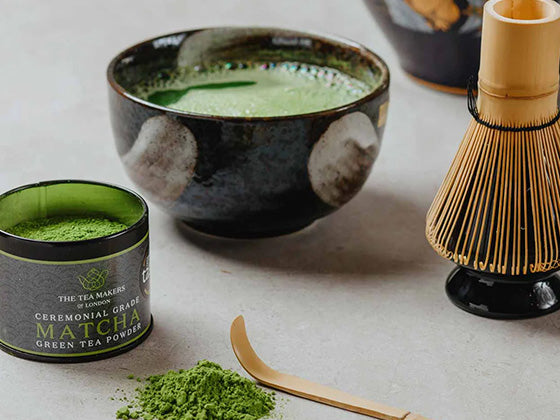
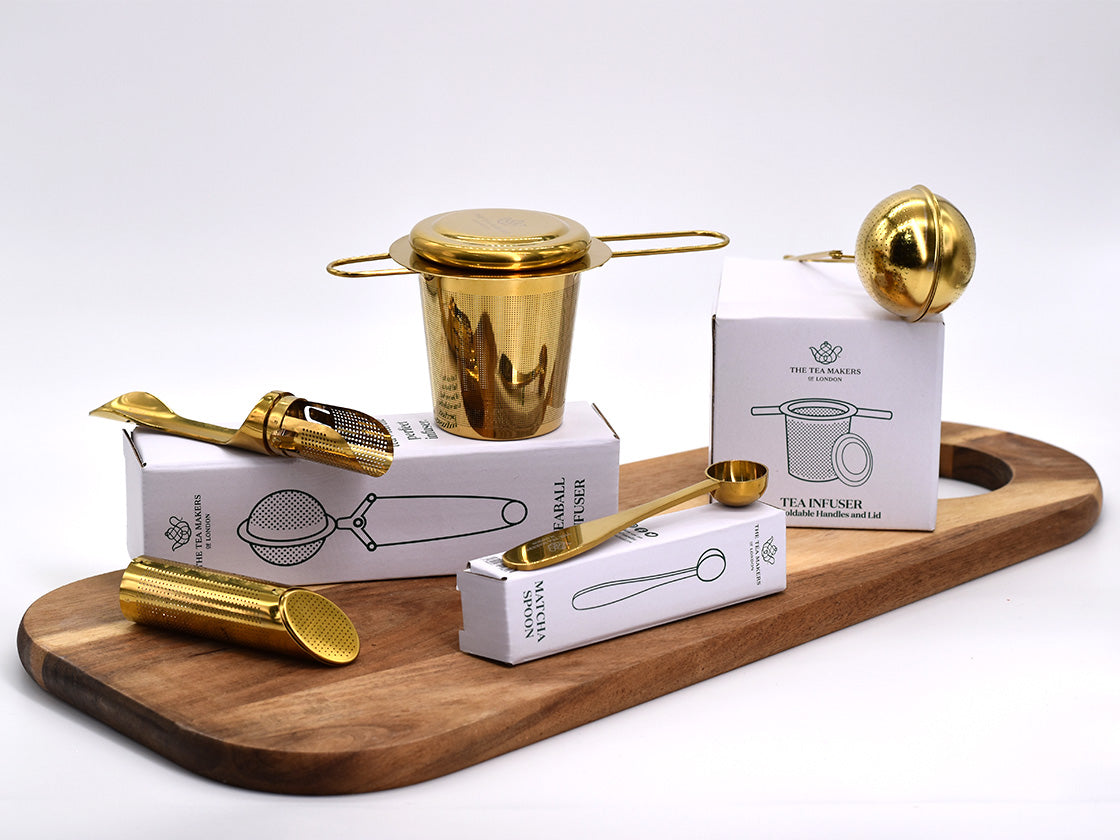
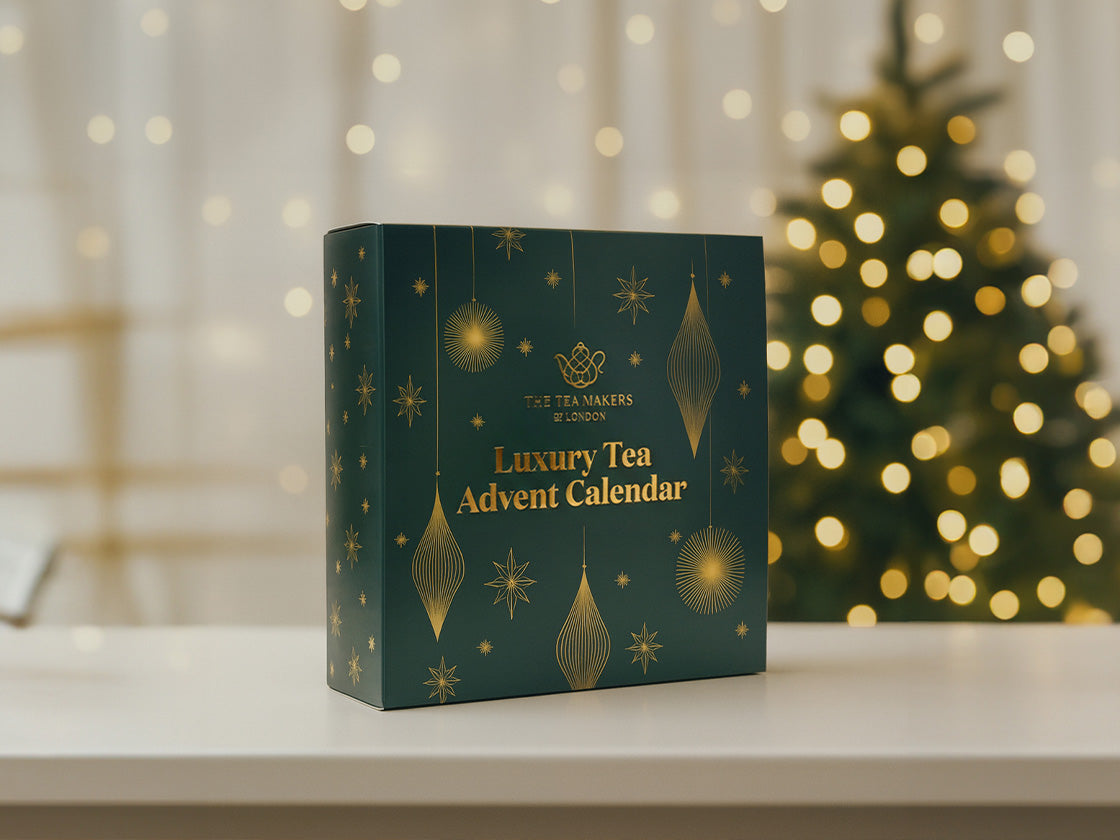

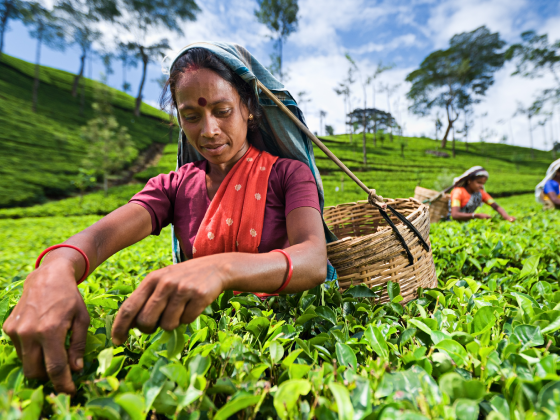
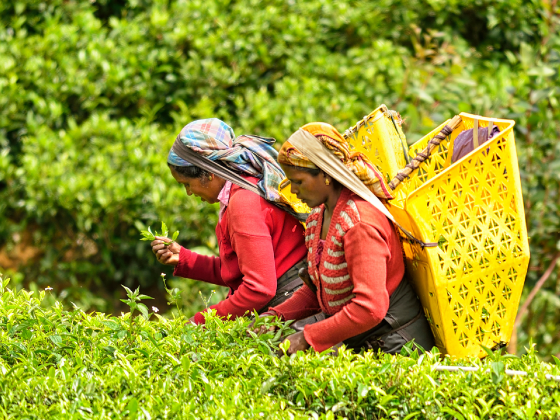



1 comment
Neil Shepherd
Thankyou for a most informative and interesting article.When I was in India I discovered Chai.wonderful on a very hot and humid day by the roadside.5 rupees a cup! Your Madagascan chai is a superb tea, so is your lapsan,very smoky.Also Earl Grey. Best wishes to you all for such good teas.
Thankyou for a most informative and interesting article.When I was in India I discovered Chai.wonderful on a very hot and humid day by the roadside.5 rupees a cup! Your Madagascan chai is a superb tea, so is your lapsan,very smoky.Also Earl Grey. Best wishes to you all for such good teas.